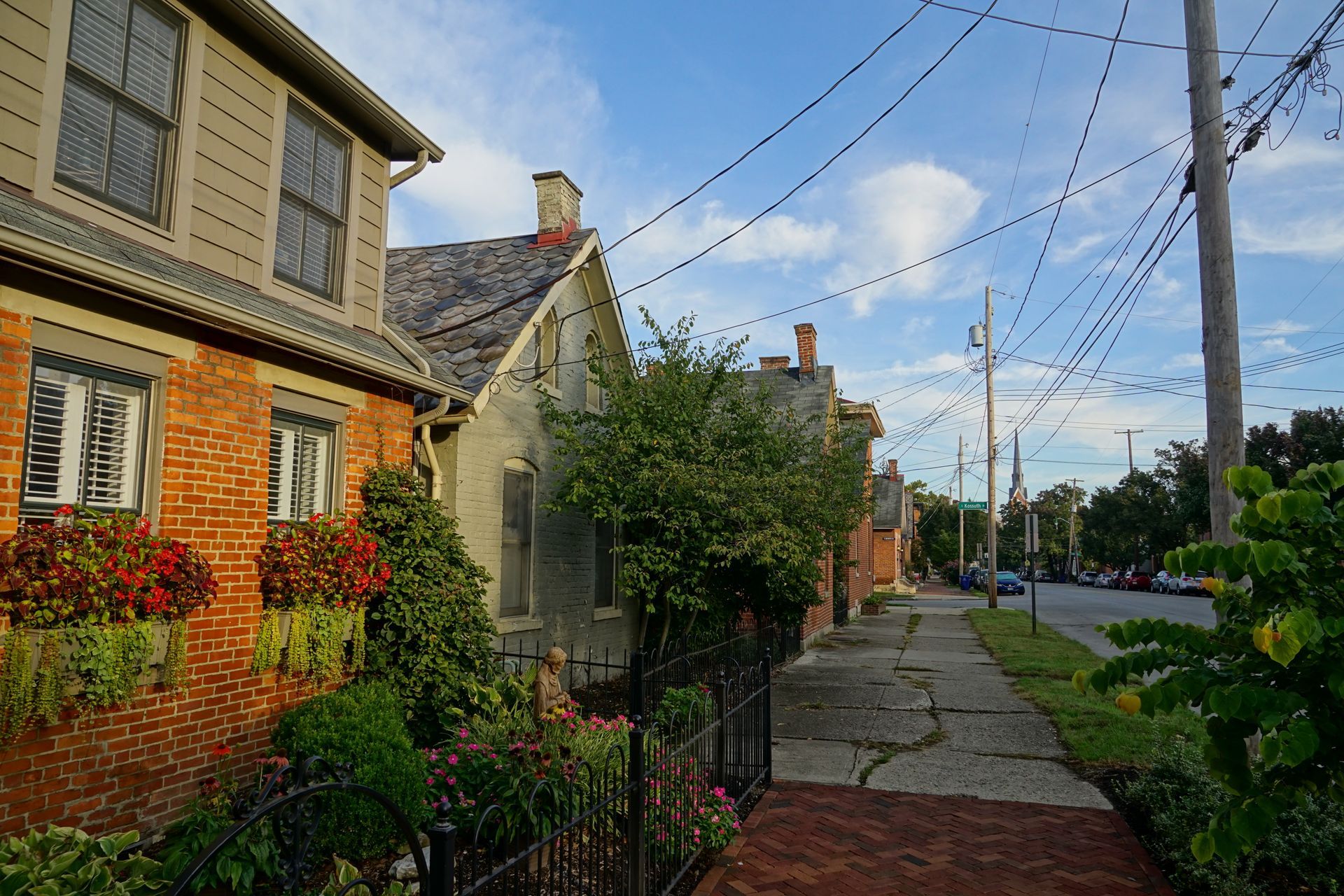Ensuring Home Comfort and Safety for Your Golden Years
The desire to age in the comfort of one's own home is a sentiment shared by many. As the years go by, our homes often require adjustments to cater to our changing needs. A home inspection isn't just for those buying or selling a property—it can be an invaluable tool for long-term residents as well. Here's how a home inspection can spotlight potential challenges and help in planning modifications for a safe, accessible, and comfortable living environment as you age.
Spotting Potential Safety Concerns
A comprehensive home inspection can reveal potential hazards that might be overlooked:
- Tripping Hazards: Loose floorboards, uneven flooring, or worn-out carpeting can pose tripping dangers.
- Fire Safety: Inspectors can identify outdated or malfunctioning smoke detectors and suggest optimal placements for new ones.
- Electrical Issues: Aging electrical systems may pose fire risks, especially in older homes.
Enhancing Accessibility
As mobility becomes a concern, it's essential to address potential accessibility issues in advance:
- Entrances and Exits: Inspectors can assess the feasibility of ramp installations, wider doorways, or no-threshold entrances for wheelchair or walker accessibility.
- Bathrooms: Recommendations can include grab bars, walk-in showers, or raised toilet seats to make bathrooms safer and more accessible.
- Kitchen Modifications: Inspectors can suggest lowering countertops or altering cabinet placements for easier access.
Improving Comfort and Functionality
A home inspection can provide insights into how to improve overall comfort:
- Climate Control: Older HVAC systems might not provide adequate heating or cooling. Inspectors can pinpoint inefficiencies and suggest updates for more consistent temperatures.
- Lighting: Proper lighting is crucial for aging eyes. Recommendations might include brighter bulbs, additional lighting fixtures, or strategically placed task lights.
- Flooring: Suggestions can range from non-slip flooring options to softer materials that provide cushioning and ease on joints.
Future-Proofing with Technology
Modern technology can offer added safety and convenience:
- Smart Home Features: Inspectors familiar with smart home technology can recommend systems that allow for voice-controlled lights, thermostat adjustments, or security features.
- Medical Alert Systems: An inspector can guide on the best places to install emergency alert systems or buttons.
Customizing Recommendations Based on Health Needs
For those with specific health concerns or conditions, an inspector can offer tailored advice:
- Allergy or Respiratory Issues: Suggestions might include improving ventilation, changing to hypoallergenic materials, or identifying potential mold issues.
- Hearing or Visual Impairments: Recommendations can range from visual alert systems for doorbells to specific color contrasts to aid in visibility.
Aging in place is a beautiful concept that allows individuals to enjoy their golden years in familiar surroundings. By leveraging a home inspection, aging homeowners can anticipate and address potential challenges, ensuring that their beloved home remains a safe haven. Remember, it's not just about adapting to potential limitations but enhancing the overall quality of life as we gracefully move through the years.

Every House Has Story.
Let us tell it for you.
All Rights Reserved | Lemonade Home Inspections | Website Design by GoBeRewarded



